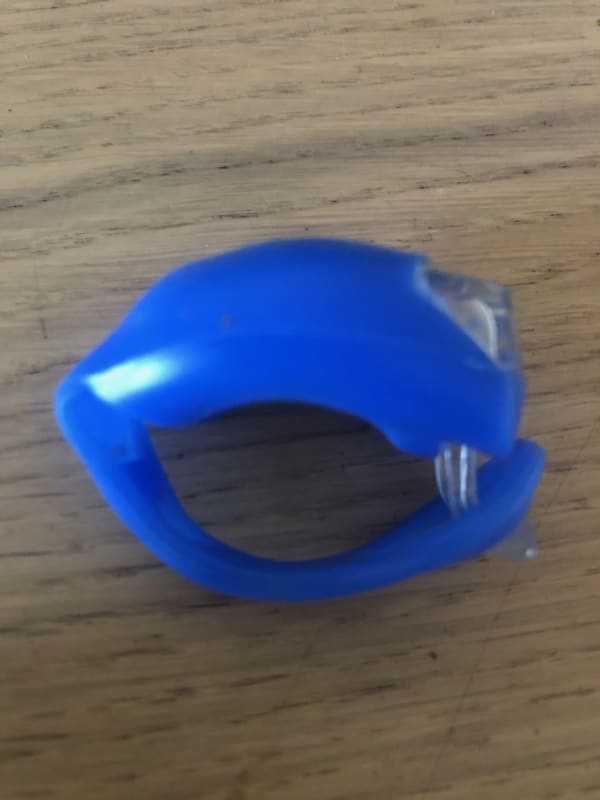HellomynameisTroy
New member
- Jun 4, 2019
- 7
Hello! I am trying to calculate the clamp force of an elastic band around a handle bar. I want to prove it can hold the weight of a phone mount. I know I need to be able to resist the moment force and gravity at the worse load cases, but am having trouble figuring out how to do that. Do I need to estimate how much the band will stretch, then I can figure out how much pressure it getting put on the handle bar which can relate to a normal force? Any tips would be highly appreciative. I attached a photo of what the design would look like.

